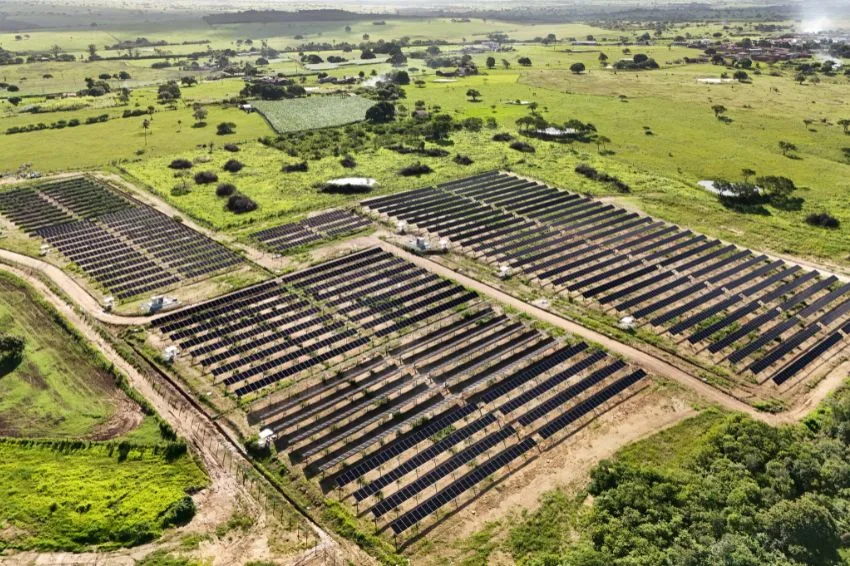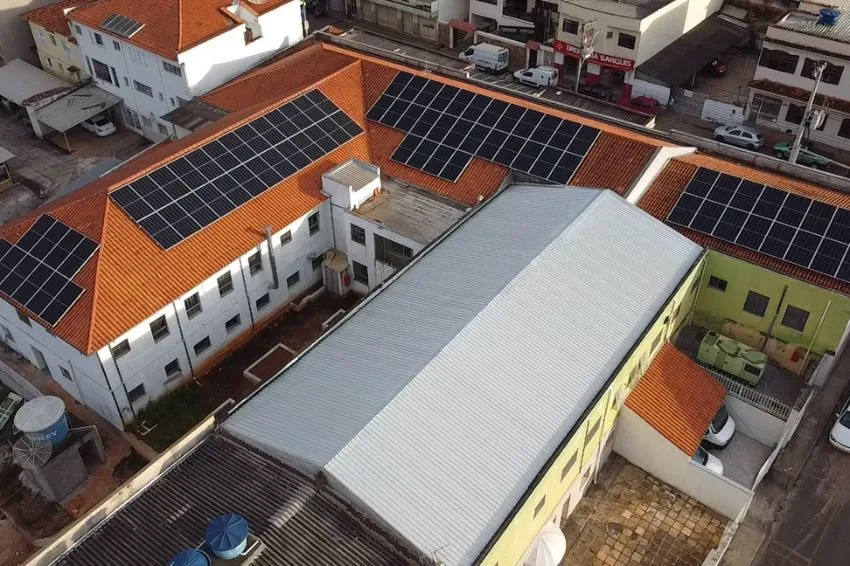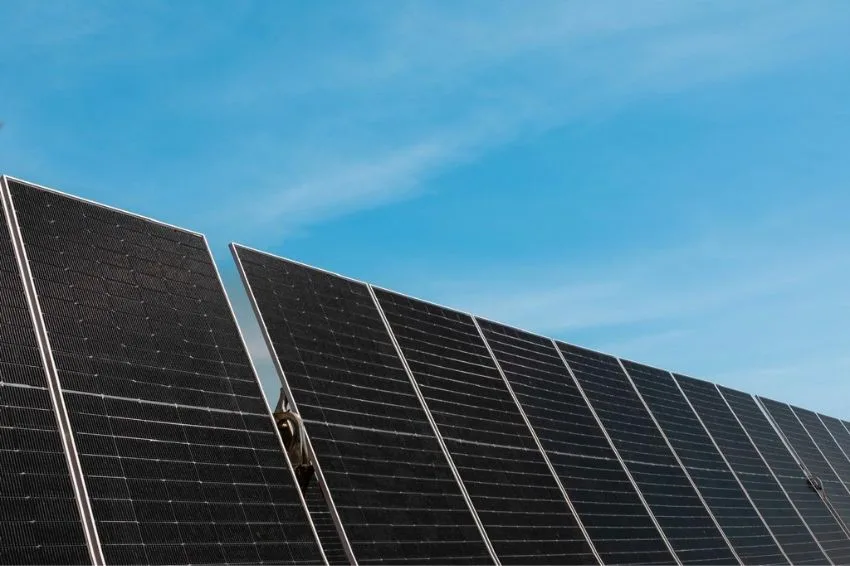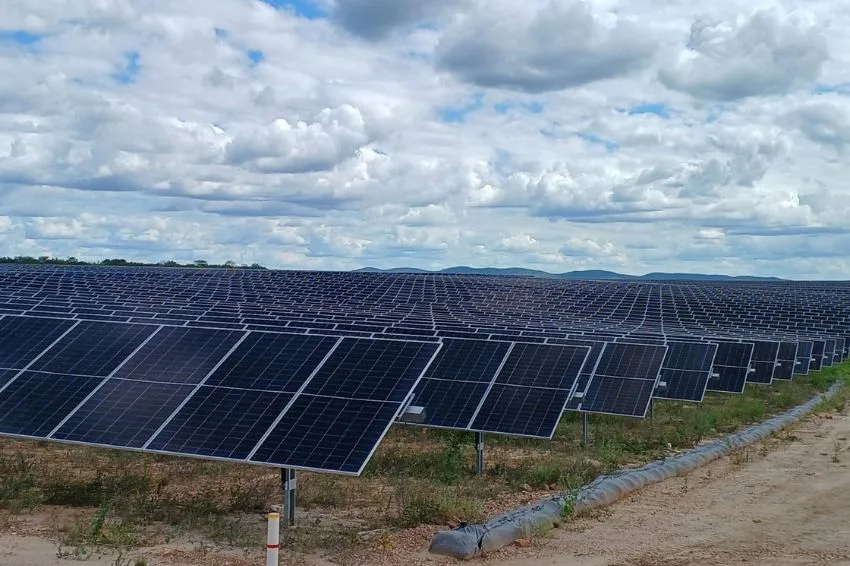The Floating Solar Island is the first floating photovoltaic plant in the south of the country. The plant has an installed capacity of 100.7 kWp and is located in the Santa Clara HPP (Hydroelectric Power Plant) reservoir.
The project has 46 floating modules and 276 Canadian 365 W photovoltaic panels, two inverters and eight string boxes.
The plant is part of a project coordinated by Lactec, in the ANEEL (National Electric Energy Agency) R&D program.
The plant is located between the municipalities of Candói and Pinhão, in the southwest of Paraná, and belongs to Elejor, a Special Purpose Company, in which Copel is the majority shareholder. The energy generated meets the consumption of the hydroelectric plant itself.
Project specifics
According to Lactec, for the implementation of the floating plant, models of metallic floats, in galvanized carbon steel, were designed and developed to support photovoltaic panels and anchoring modules, with the premise being a smaller shading area over the reservoir water. .
The development of the project was premised on the use of floating modules made of hollow metal (the walkways) with sufficient distance between pairs of panels to cause as little shading as possible on the surface of the reservoir and, thus, facilitate local oxygenation and have good yield per square meter of area.
The design of the modules was designed to accommodate a solar tracking system, if necessary, and was also made of HDPE (high-density polyethylene) drums from food transport, that is, recycling materials.
As an anchoring system, the dynamic mode of pendulum action was chosen, with a bottom anchor made of concrete with nanomaterial and a dead weight made of the same material, for a given composition of the island, both of which are hollow to allow or simulate artificial reefs for the ichthyofauna.
Continuous and remote monitoring of the island's generation is carried out via the existing communication network at HPP Santa Clara. Maintenance of the floating structure is carried out through a vessel docking area and walkways that allow access to the modules for cleaning, replacement or repair of components.
Project development and its challenges
In an exclusive interview with Canal Solar, Kleber Franke Portella, project coordinator at Lactec, pointed out that one of the challenges of the research was to design the plant in order to provide greater light transfer and favor oxygenation to the aquatic environment, maintaining the balance of the system .
“One of the aspects of the research aimed to evaluate the installation of artificial river reefs next to the floating structure of the solar island to serve as a habitat for the reservoir's ichthyofauna. The expectation is to continue and advance in these and other studies also related to water quality,” he said.
“To implement the anchoring technology, the first challenge was to adapt the anchoring system to a reservoir with large elevation changes. The other was to create a model for analyzing and monitoring local water quality, before and during the construction and operation of the plant, in order to verify possible negative impacts on the site”, he added.
“Every new technological conception can be accompanied by unforeseen challenges, such as environmental ones. This was what happened in the year the island was inaugurated, with torrential rains approaching 160 mm, a rise in the reservoir level of around 10m in a few hours and winds with speeds of around 20 meters per second, which brought tree branches and other objects to the island. Due to the incident, there was a need to adapt the island's project on-site, in order to minimize new problems such as the one observed”, he concluded.

















2 Responses
I would like to invest in this company, how do I proceed?
Would you like to know how I go about investing in this company?